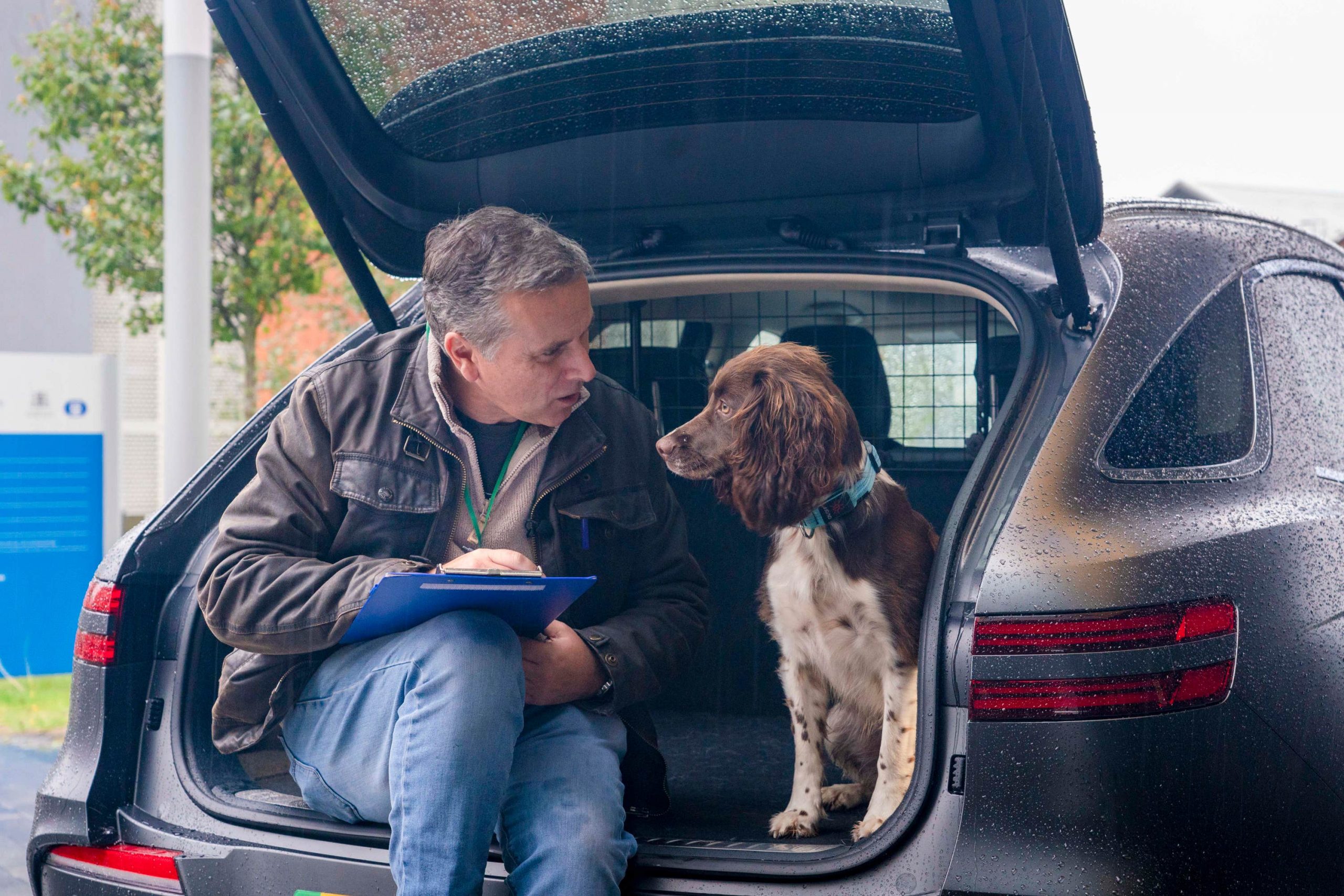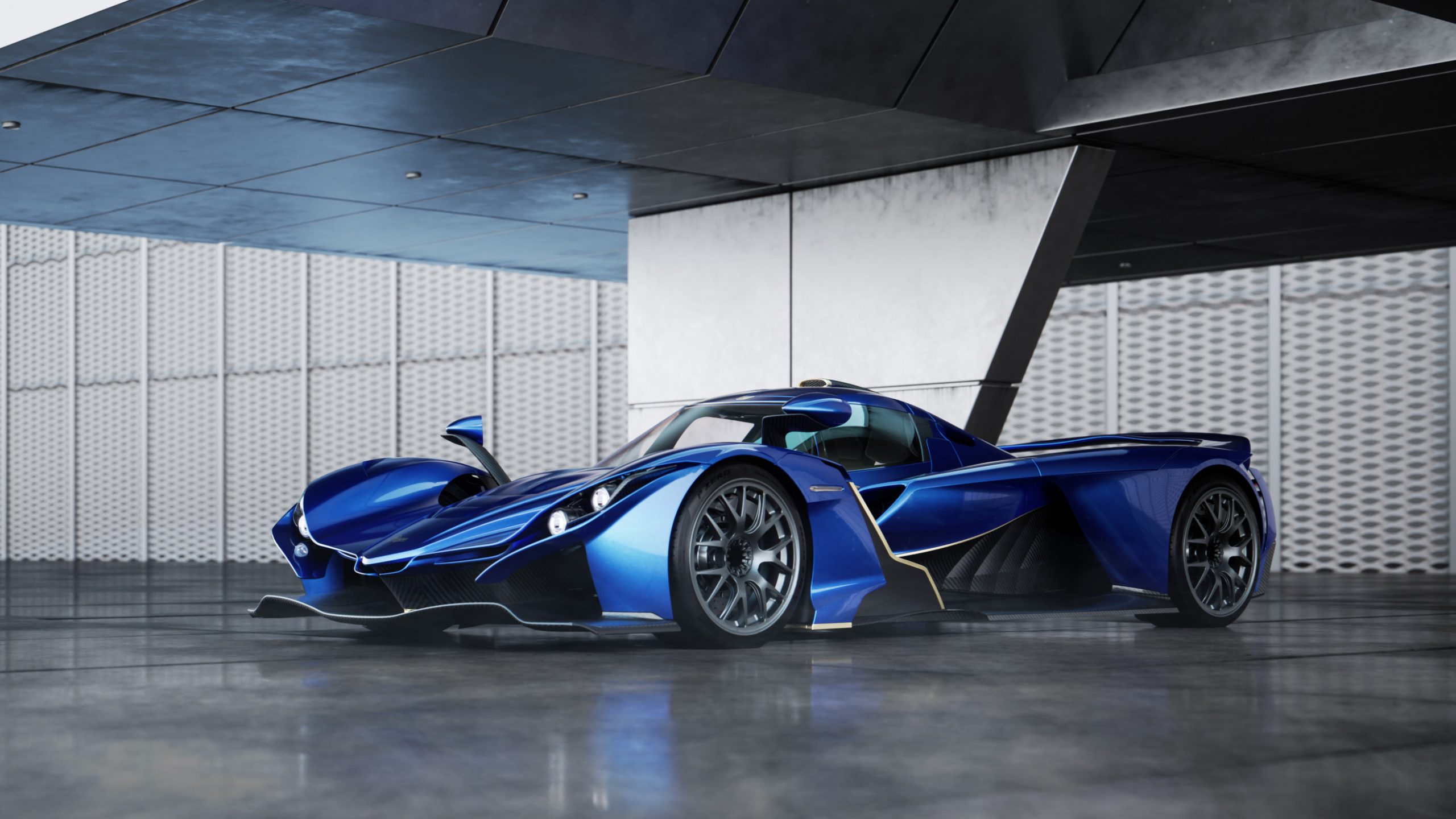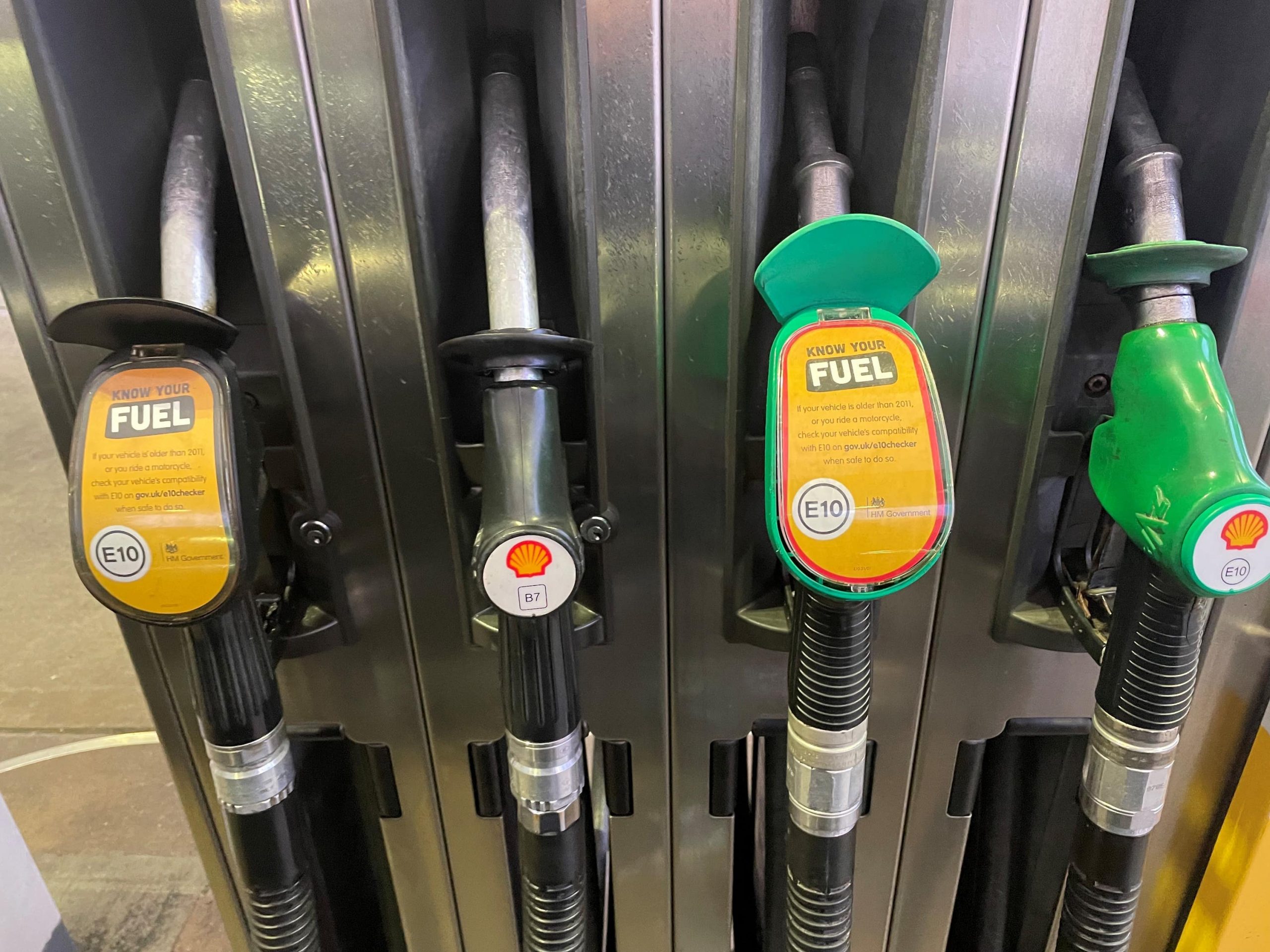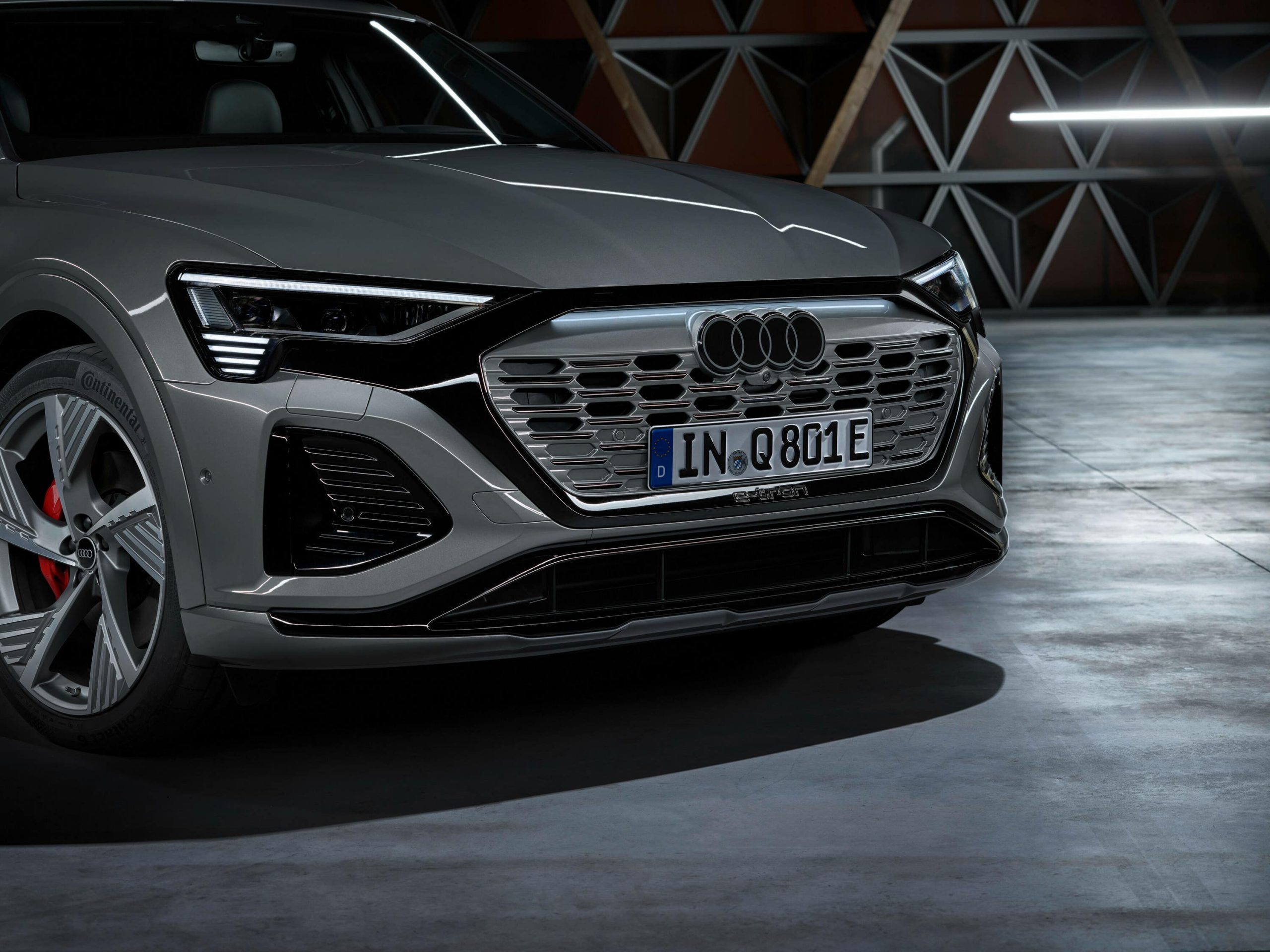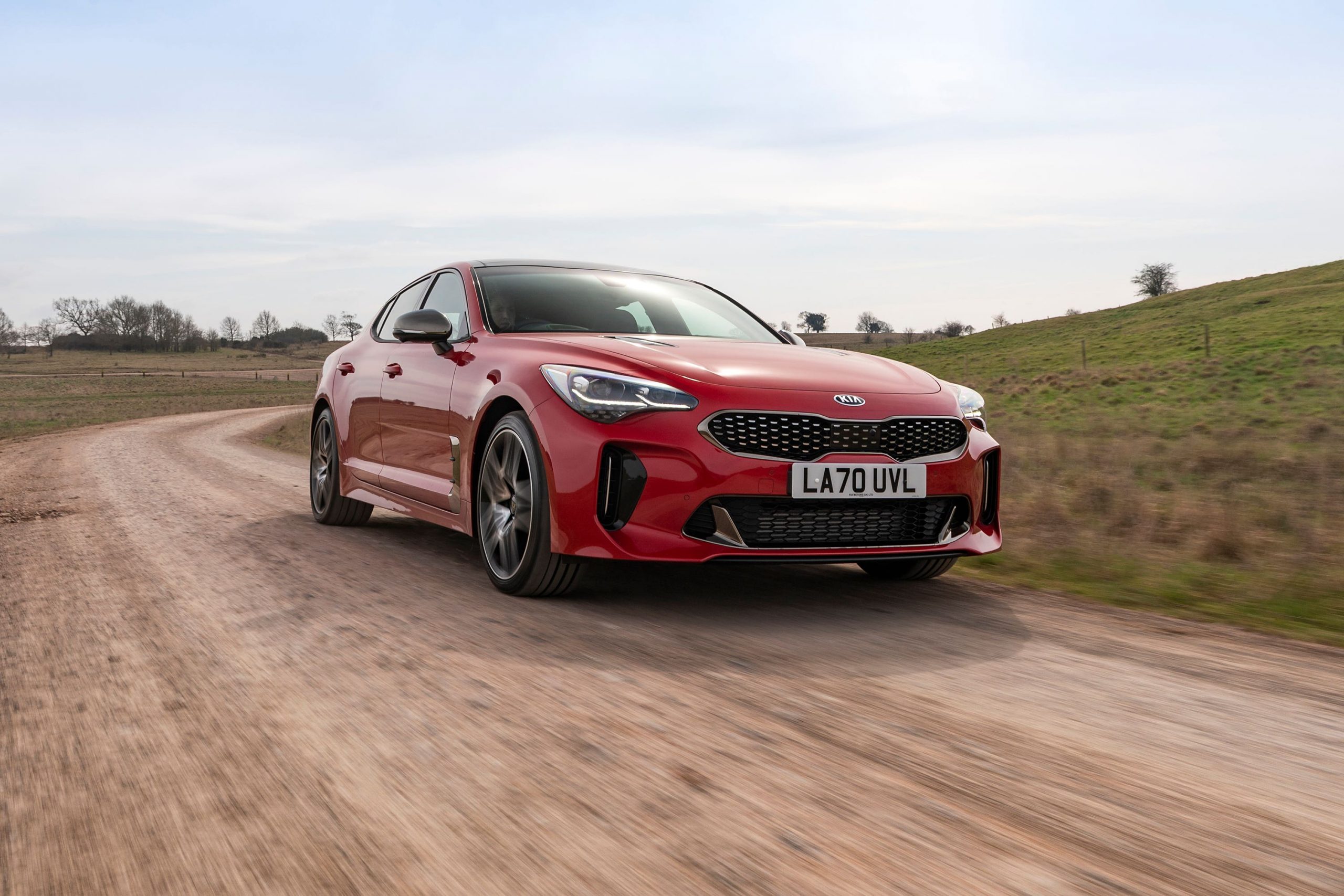The Monte Carlo specification aims to inject some sporty look and feel into the Kamiq. What’s it like? Jack Evans finds out.
What is it?
Skoda’s Kamiq forms a crucial part of the firm’s line-up. In fact, it’s been in that position since late 2019, and in the fast-moving compact crossover game, even a few years is quite a long time. Furnished with a range-topping Monte Carlo trim – which we’ve seen used on the smaller Fabia with great success – this version of Kamiq brings a little extra premium feel.
But does it need extra equipment and what difference does it make? We’ve been behind the wheel to find out.
What’s new?
The Kamiq is the smallest SUV in Skoda’s range, sitting underneath the Karoq and larger seven-seater Kodiaq. However, it still manages to pack in some big-car looks with chunky, off-road-inspired styling and sleek headlights.
The Monte Carlo version we’re looking at here is designed to take a little inspiration from sportier models and, as a result, gets larger alloy wheels, a range of gloss black styling touches and aluminium interior elements that help to give the Kamiq a go-faster feel.
What’s under the bonnet?
This particular Kamiq uses a turbocharged 1.0-litre petrol engine, sending 108bhp to the front wheels via a seven-speed automatic transmission. Though its 9.9-second 0-60mph time is pretty respectable – as is its 123mph top speed – this engine’s real focus is on efficiency and in that area it does rather well.
In fact, Skoda claims that you could see up to 47.1mpg combined, while CO2 emissions of between 137 and 140g/km are pretty respectable too. You can get the Kamiq with a larger 1.5-litre engine with slightly more power, but in truth, this 1.0-litre engine seems like a perfect fit for this size of car.
What’s it like to drive?
The Kamiq is light, easy to get along with and definitely user-friendly. The steering is reasonably accurate but not overburdened with weight, so it’s easy to drive it around tighter lanes or through busy car parks. It’s also easy to park, with this aspect being helped no end by the Kamiq’s boxy shape which makes judging its edges simple.
One drawback is that automatic gearbox. It feels quite dim-witted in its action and quite slow to respond, particularly when pulling away from a stop. When you’re trying to quickly enter a roundabout, this can prove to be particularly frustrating.
How does it look?
The Kamiq’s proportions seem spot-on when you see it in the metal. It definitely captures some of that ‘little big car’ feel, bringing some of the design of the larger Karoq and Kodiaq but transferring them onto a smaller platform. With its relatively high-up stance and chunky proportions, it’s got a good deal more presence than you might think a car of this size would have.
The Monte Carlo trim does well to push this further, too, with the larger alloy wheels and range of black elements giving this car a more upmarket feel. You even get black-coloured roof rails and matching window frame surrounds, ensuring that all areas of the car get that sportier treatment.
What’s it like inside?
Skoda has really found its groove when it comes to interiors and the Kamiq feels like an extension of this. As we’ve mentioned, it’s been around for a little while now, but a revisit to the Kamiq’s cabin shows it to be ageing remarkably well thanks to decent materials and clever ergonomics. There are plenty of cubbies and storage areas, too, but it’s the general fit-and-finish that shines through here.
It’s got a 400-litre boot which can be expanded up to 1,395 litres by folding the rear seats down. Though it’s well-shaped and easy to access, it’s well under the 422-litre boot you’ll get in the latest Nissan Juke, one of the Kamiq’s rivals.
What’s the spec like?
It’s worth pointing out that the Monte Carlo adds a big premium to the Kamiq, cranking the price up to £27,170 from a base price of £22,815 for the Kamiq range as a whole. You do get a whole load of equipment, including a 9.2-inch infotainment screen with satellite navigation, Android Auto and Apple CarPlay, as well as rear parking sensors and those aforementioned 18-inch wheels.
But that is a big price hike, particularly when the standard Kamiq is so well equipped. Though entry-level SE versions get a smaller infotainment screen, much of the rest of the car remains the same.
Verdict
You could argue that the Kamiq now a veteran of the crossover market, but it’s still got a whole lot to offer. It’s great inside, well-specified and practical to boot, while also bringing those chunky looks and easy driving style that people are after.
This Monte Carlo version does seriously ramp its price up, mind you, and given that the regular Kamiq is so good, we’d be tempted to opt for one of the more entry-level specifications and pocket the difference.

